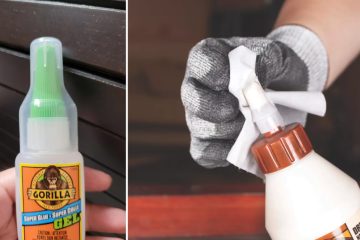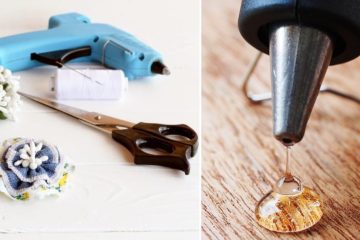Mouse glue traps, also called adhesive traps or glue boards, are devices that use sticky glue to restrain mice and rats. They take advantage of rodents’ curiosity to lure them onto the board where they get stuck. This allows for pesticide-free monitoring and control of mice. However, ethical concerns exist regarding animal welfare. This article will cover when and how to use mouse glue traps effectively while exploring more humane alternatives.
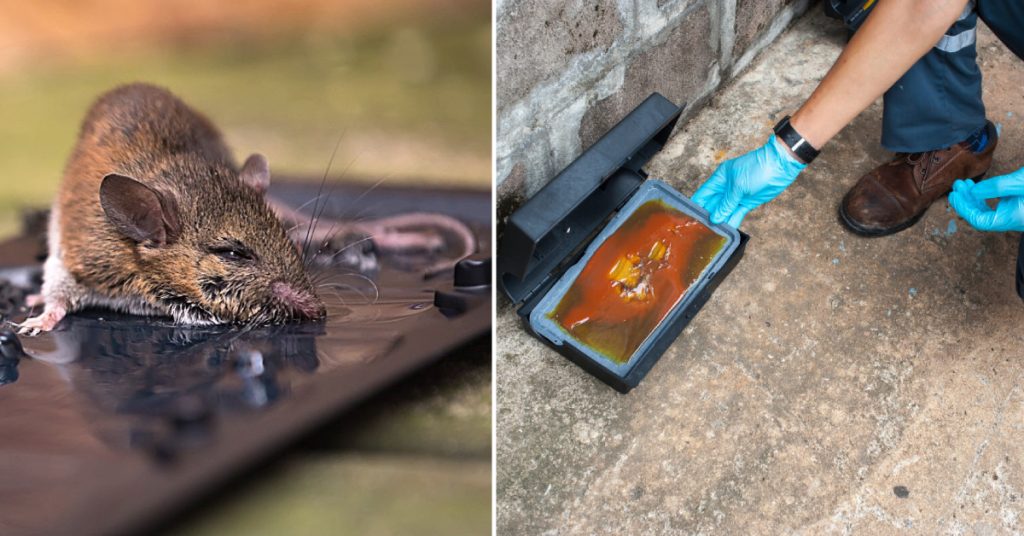
Key Takeaways:
- Glue traps are convenient but can cause prolonged suffering to trapped animals
- Proper placement, daily inspections, and prompt disposal are essential
- Consider more humane alternatives like live traps or professional pest control services
When to Use Mouse Glue Traps
Glue traps can be preferable to other methods in certain situations:
- In-home environments like kitchens, garages, and attics where mice are active
- For light infestations rather than heavy, ongoing ones
- To monitor activity and track rodent movements
- In areas where poison baits may be prohibited
They are easy to use and provide visual confirmation that mice are present through trapped specimens. But glue traps likely should not be the only pest control method relied upon.
5 Benefits of Glue Traps
When used properly, glue traps offer some advantages:
- Provide pesticide-free rodent control
- Safe for use around pets and children if placed appropriately
- More economical upfront cost versus snap traps
- Can identify the extent of infestation by trapping mice
- Allowed in sensitive environments where poisons are restricted
However, convenience should be balanced with humane considerations.
You Can Check It Out to Use Mulch Glue.

3 Easy Steps for How to Use Mouse Glue Traps
Here are 3 easy steps for how to use mouse glue traps:
Step 1: Proper Placement and Usage Tips
Strategic trap placement is vital for success:
- Set along walls and corners, especially near signs of mice
- Position perpendicular to walls with edge touching wall
- Use multiple traps spaced 2-10 feet apart
- Place in rooms where mice are active like kitchens
- Avoid excessively dusty areas that can reduce adhesive tackiness
- Consider using pre-baited traps to increase enticement
Step 2: Daily Inspections and Proper Disposal
Check traps daily and remove any mice promptly. Dispose of used traps sealed in plastic bags, following local regulations. This helps minimize risks to trapped mice. Wear gloves when handling used traps to avoid direct contact with rodents. Avoid touching trapped mice to prevent potential bites or scratches.
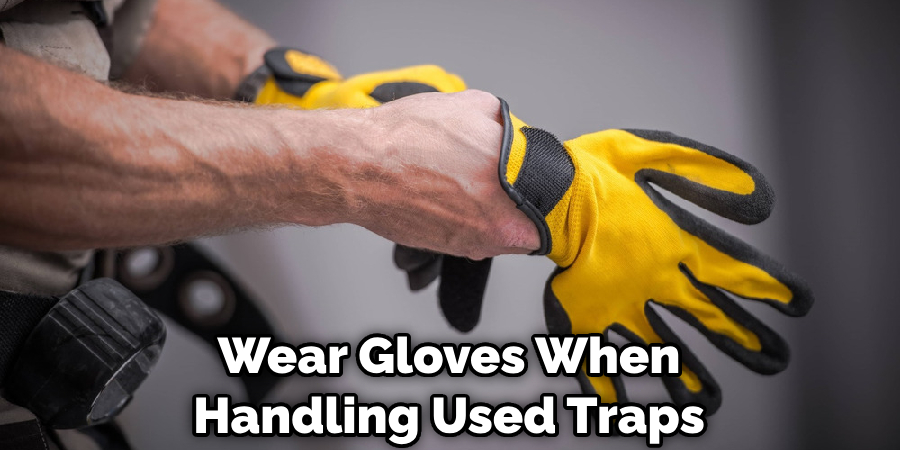
Step 3: Ethical Concerns and Humane Solutions
While effective, ethical issues with glue traps include:
- Prolonged suffering from dehydration, starvation, or injury
- Non-target species like birds at risk of being caught
- Mice trying to gnaw off limbs or tearing skin to escape
Some more humane and effective alternatives:
- Live catch traps that allow rodents released unharmed
- Electronic traps provide a swift humane death
- Sealing home entry points and removing attractants
- Working with professional pest control services
You Can Check It Out to Use Hot Glue Gun on Fabric.
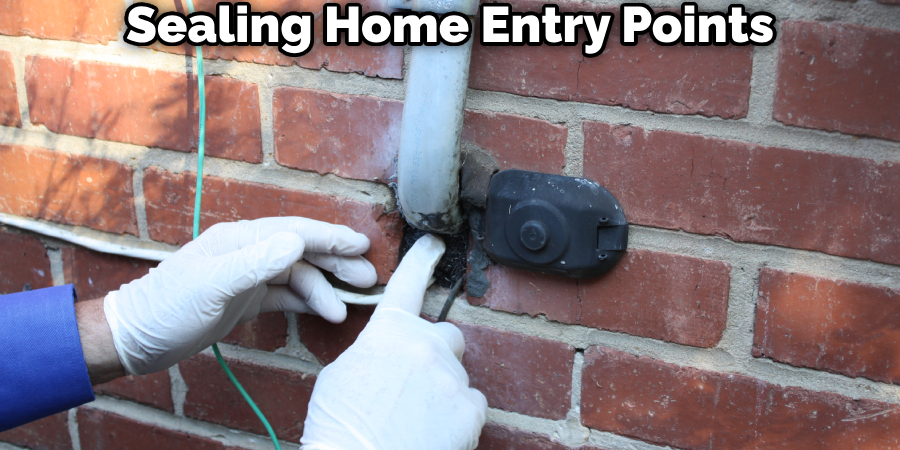
FAQs About How to Use Mouse Glue Traps
What is the Best Way to Use Glue Traps for Mice?
When using glue traps for mice, place them along walls and in high-traffic areas, keeping them away from pets and children. Check the traps regularly, and if a mouse is caught, release it using vegetable oil or dispose of it properly. To prevent more mice from entering, seal off any possible entry points around your home.
Do You Put Bait on Mouse Glue Traps?
No, bait is not typically used on mouse glue traps. The adhesive surface of the glue trap itself is designed to attract and catch mice as they walk across it. Placing bait on the trap can reduce its effectiveness by potentially allowing the mouse to feed without making full contact with the adhesive. Therefore, it’s best to use glue traps without additional bait.
Can Mice Get Off Glue Traps?
Mice can sometimes free themselves from glue traps if they are not fully caught. However, if a mouse is firmly stuck to the glue, it will likely struggle to escape. In such cases, it’s important to carefully release the mouse using vegetable oil and then release it outside.
Conclusion
Glue traps can assist in occasional rodent control when used strategically and inspected frequently. However, incorporating humane methods and prevention is key for resolving infestations long-term while minimizing animal suffering. Consider alternatives before using glue traps.

